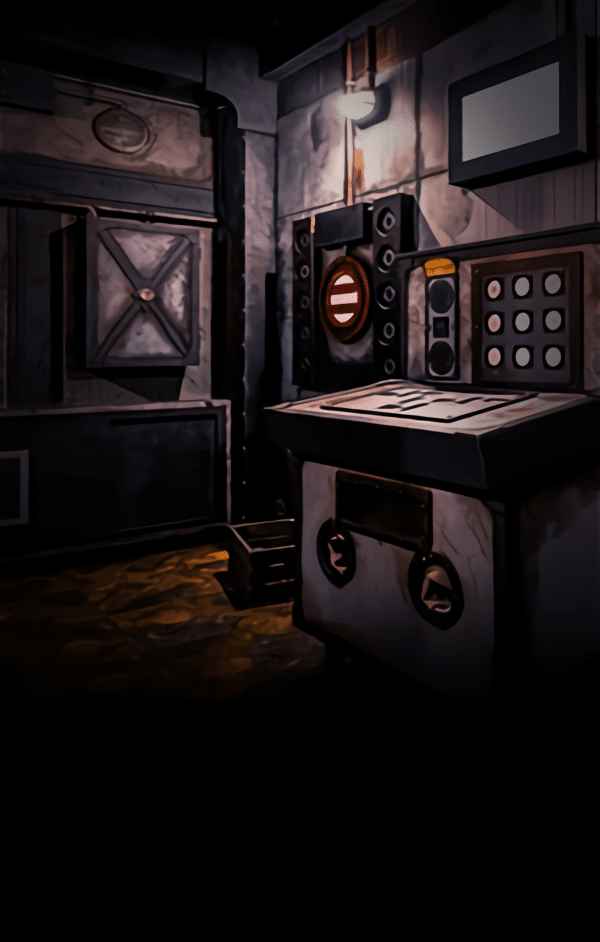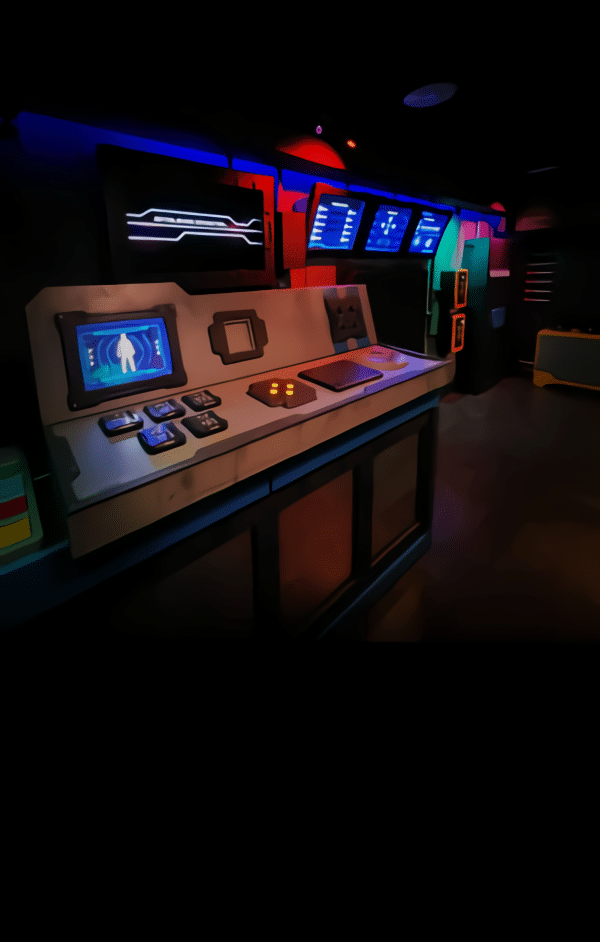Collaborative Problem-Solving Under Pressure
In an environment where the clock is ticking, teams must combine their unique strengths to overcome complex puzzles. Mission Escape Games – NYC crafts scenarios that demand collective reasoning, encouraging participants to pool their observations, brainstorm multiple approaches, and test hypotheses rapidly. Each challenge is carefully designed so that no single player can solve it alone: one clue might reside in a cipher, another hidden behind a locked compartment requiring a separate code. This interdependency ensures that every team member’s insight is crucial.
As teams navigate these tasks, they learn to trust one another’s instincts. For instance, a player adept at pattern recognition might decode a sequence while another excels at manipulating physical locks. This synergy develops organically as the group recognizes that sharing partial discoveries accelerates overall progress. By collaborating under a shared goal—escaping before time runs out—groups naturally refine their problem-solving workflows and celebrate collective successes rather than individual achievements.
Effective Communication Strategies in Mission Escape Games
Clear, concise communication is at the heart of every successful game. In the midtown Manhattan venue, facilitators brief participants on the importance of sharing discoveries immediately, no matter how trivial they seem. Teams quickly adopt hand signals, verbal check-ins, or whiteboard sketches to convey clues efficiently. These methods prevent duplication of effort—no one wastes time re-examining a clue someone else has already tackled.
Regular “status updates” within the allotted time frame—say, every five minutes—help teams reassess priorities. For example, if the group realizes a puzzle is consuming too much time, they can pivot to a different challenge while maintaining momentum. This dynamic communication fosters adaptability, ensuring that no valuable insight goes unshared. Moreover, players learn to balance speaking and listening: while dominant personalities must practice restraint, more reserved teammates are empowered to voice observations, creating an inclusive environment where every contribution is valued.
Diverse Game Scenarios Promote Inclusive Team Participation
Mission Escape Games offers a spectrum of experiences—from the apocalyptic stakes of End of Days A and B to the atmospheric intrigue of Hydeout and the futuristic enigma of Carbon: 3708. Each room caters to different play styles and skill sets:
-
End of Days A & B: Apocalyptic narratives emphasizing logical sequencing and environmental storytelling.
-
Hydeout: Victorian-era puzzles focusing on hidden compartments and literary ciphers.
-
Carbon: 3708: Sci-fi challenges requiring technological intuition and pattern recognition.
By rotating through these varied themes, teams discover new strengths and face fresh types of challenges. A player who shone decoding Victorian-era riddles might find themselves out of their comfort zone in a sci-fi scenario, compelling others to step up. This rotation ensures no one is pigeonholed into a single role and that all members engage meaningfully. Across different games, participants learn to appreciate diverse intelligence styles—visual, numerical, linguistic—and how they interlock to achieve the common goal of escape.
Adaptive Roles and Leadership Dynamics
In the fast-paced milieu of an escape room NYC, leadership roles often shift organically. At the outset, a player with a strong strategic vision might map out the room’s layout and assign tasks. As the game unfolds, leadership can pivot to someone who unearths a critical clue, prompting the group to rally around that discovery. This fluid role adoption cultivates an environment where leadership is situational rather than hierarchical.
Teams learn to recognize when to follow and when to lead. For instance, during a moment of standstill, a quiet team member’s fresh perspective can break the impasse; the group then defers to that insight. Conversely, when complexity spikes, a natural coordinator may emerge to reassign tasks and recalibrate focus. Through this adaptive process, participants internalize the value of flexible leadership and the importance of democratic decision-making—skills transferrable far beyond the game’s confines.
Celebrating Success and Learning from Challenges
After the final lock clicks open (or time expires), Mission Escape Games – NYC encourages teams to engage in a structured debrief. Facilitators highlight key moments where collaboration shone and pinpoint areas for improvement. This reflection often involves:
-
Recap of Puzzle Sequence: Reviewing the order in which challenges were solved.
-
Strengths Analysis: Identifying individual contributions that propelled the team forward.
-
Bottleneck Identification: Examining puzzles that caused delays and why.
-
Communication Review: Assessing which strategies streamlined information flow.
By framing both successes and setbacks as learning opportunities, teams depart with a deeper understanding of how they operate under pressure. This process cements the collaborative skills honed during the game—critical thinking, active listening, and mutual support—ensuring that the lessons learned enrich future team endeavors, whether in the office or in daily life.
Conclusion
Escape rooms at Mission Escape Games – NYC are more than mere entertainment; they are immersive laboratories for teamwork development. Through carefully calibrated puzzles, diverse themes like End of Days and Carbon: 3708, and guided debriefs, participants refine collaboration, communication, and adaptive leadership. When teams navigate the challenges together, they not only unlock physical locks but also forge stronger interpersonal bonds. Whether you’re a corporate group sharpening team dynamics or friends seeking a memorable adventure, these experiences illuminate the power of collective problem-solving—and leave every participant better equipped for real-world teamwork.
Frequently Asked Questions
Q: How do escape room NYC games encourage teamwork?
A: Escape room NYC games foster teamwork by designing interdependent puzzles that require multiple perspectives, promoting clear communication strategies, rotating diverse game themes to involve all players, encouraging adaptive leadership, and conducting reflective debriefs. Together, these elements ensure that every team member’s strengths are leveraged toward the shared objective of escaping before time runs out.
Q: What size group works best for Mission Escape Games – NYC challenges?
A: Most rooms at Mission Escape Games – NYC are optimized for groups of 4–8 players. This range balances having enough participants to tackle multiple puzzles simultaneously while still allowing each person to contribute meaningfully. Smaller groups can still participate but may find certain puzzles more challenging due to fewer hands and brains on deck; larger groups risk congestion around key puzzle areas.
Q: How long does a typical escape room experience last?
A: Each game—including briefing, gameplay, and debrief—runs approximately 75 minutes. Players receive a 10-minute introduction to the story and rules, 60 minutes inside the room solving puzzles, and a 5-minute wrap-up where facilitators provide insights and feedback. This structure ensures teams have ample time to immerse themselves and reflect on their performance.
Q: Are hints available if teams get stuck?
A: Yes. Mission Escape Games – NYC provides up to three hints per team, delivered via in-room monitors or by your game master through audio. Teams decide when to request a hint, ensuring they maintain momentum without giving too much away. Hint usage is tracked so facilitators can tailor the post-game debrief to areas where groups encountered the most difficulty.
Q: Do I need prior escape room experience to play?
A: No prior experience is necessary. Each room includes puzzles of varying difficulty, and facilitators offer an introductory tutorial. The diversity of themes—from End of Days A’s apocalyptic puzzles to Carbon: 3708’s sci-fi enigmas—means there’s something for both first-timers and veteran players. Newcomers often excel by applying fresh perspectives, while experienced players tend to guide strategy.









